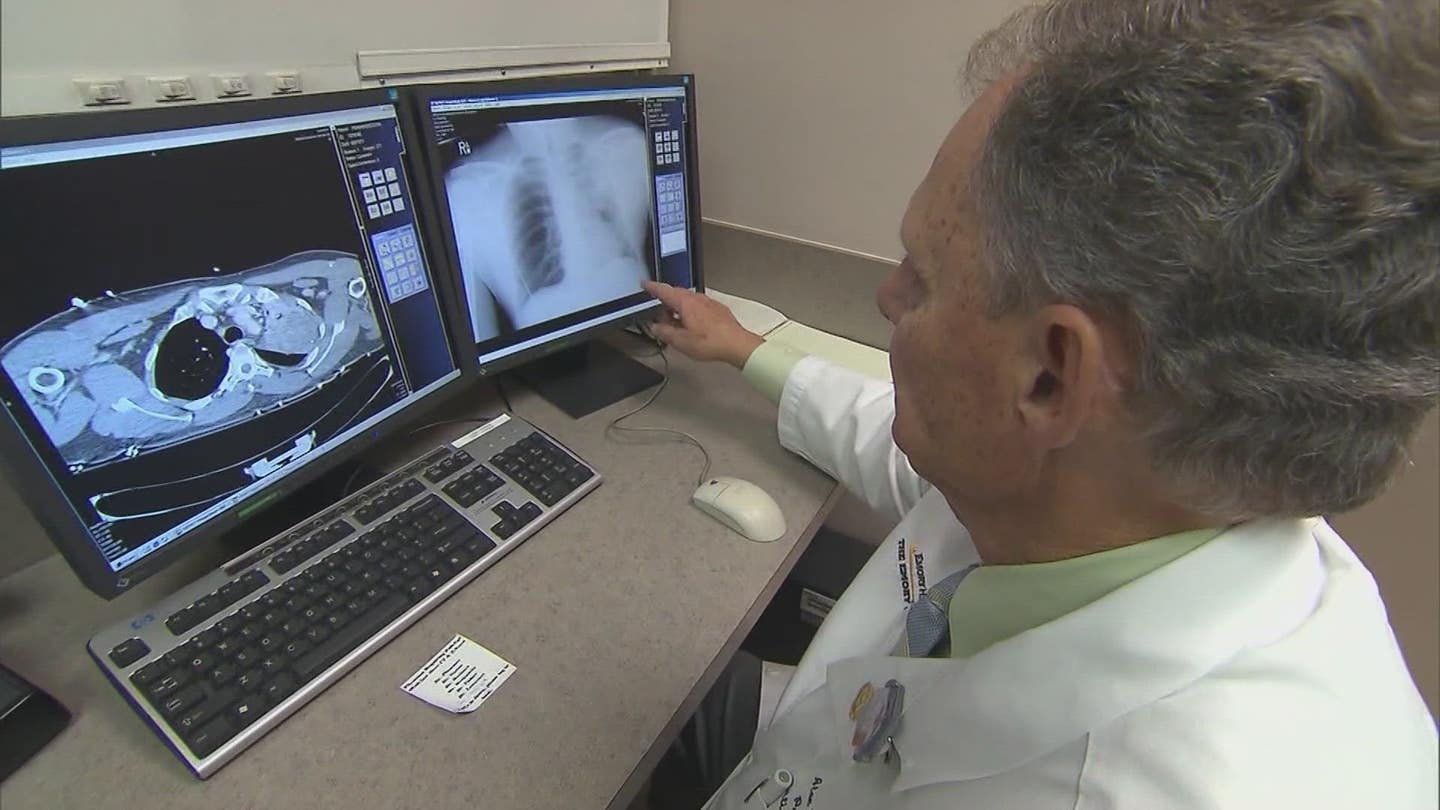What Arizona’s Pneumonic Plague death means for public health
An Arizona resident’s death from pneumonic plague underscores the importance of awareness, prevention, and early detection.

Health officials confirm an Arizona resident’s death from pneumonic plague, highlighting risks, prevention measures, and the importance of early medical treatment. (CREDIT: CC BY-SA 4.0)
An Arizona resident has died from pneumonic plague, a rare but highly dangerous lung infection, Coconino County health officials confirmed on Friday. This incident marks the first death from the disease in the county since 2007, highlighting the seriousness of a condition long considered part of history.
Pneumonic plague develops when the bacterium Yersinia pestis infects a person's lungs. According to the Cleveland Clinic, this form is "the least common and most dangerous type of plague." While the plague might remind people of the Middle Ages, it still occurs today. Worldwide, about 1,000 to 2,000 people contract plague each year. In the United States, roughly seven cases are reported annually, making it exceptionally rare.
Understanding the Risk
Most plague cases today are found in Africa, primarily in the Democratic Republic of Congo and Madagascar. In the U.S., the disease appears mostly in rural areas across western states. People who work closely with animals, especially wild rodents or cats in plague-affected regions, face higher risks.
"Cats are particularly susceptible to plague and can be infected by eating infected rodents," notes the U.S. Centers for Disease Control and Prevention (CDC). Cases of pneumonic plague, the only form that can spread from person to person, have been historically rare. In fact, health officials have not recorded human-to-human transmission in the U.S. since 1924. However, occasional cases involving infected pets, especially cats, still occur.
How Pneumonic Plague Spreads
Unlike other forms of plague spread by flea bites, pneumonic plague transmits through respiratory droplets when infected individuals cough or sneeze. People can also become infected through direct contact with infected animals or when the bacteria spread internally from another infected body part to the lungs.
In the Arizona case, officials from the Coconino County Health and Human Services (CCHHS) received confirmation of the cause of death on July 11, 2025. They clarified that the incident was not connected to a recent prairie dog die-off near Townsend Winona, northeast of Flagstaff. Despite this tragic event, CCHHS emphasized that the general risk to the public remains low.
Related Stories
“Our hearts go out to the family and friends of the deceased,” said Patrice Horstman, Chair of the Coconino County Board of Supervisors. “We are keeping them in our thoughts during this difficult time.” Out of respect for the family, officials provided no further details about the individual.
Prevention and Safety Guidelines
To reduce your risk, health authorities advise precautions like avoiding wild animals and protecting yourself from flea bites. Using insect repellents with 20-30% DEET and tucking pant cuffs into socks can prevent fleas from biting. Additionally, veterinarian-approved flea treatments should be applied regularly to pets. Keeping pets indoors or supervised outdoors can further limit exposure to potentially infected wildlife.
The CDC states clearly, "No plague vaccine is currently available in the U.S.," though ongoing research may eventually produce one. Globally, the World Health Organization recommends plague vaccinations only for health care workers or laboratory personnel regularly exposed to the bacteria.
Monitoring and Reporting
Because plague remains endemic in the American Southwest, surveillance systems like those run by CCHHS closely monitor cases. They also track other serious diseases like hantavirus, West Nile virus, and rabies. Early detection through these programs helps public health officials act swiftly to control outbreaks.
If you notice unusual wildlife deaths, especially among prairie dogs or rabbits, reporting it quickly helps health authorities. Prairie dogs often die rapidly from plague, making their sudden die-off an early warning sign. Report such incidents to CCHHS Animal Services or Environmental Health immediately.
Recognizing Symptoms and Seeking Help
Symptoms of plague typically develop within one to eight days after exposure. Early signs include fever, chills, headaches, muscle pain, and weakness. Swollen lymph nodes, known as "buboes," may form in areas like the groin or armpits. Quick medical treatment using antibiotics can successfully cure the disease if administered early.
If you experience symptoms resembling plague, especially after exposure to wild animals or fleas, immediately contact a healthcare provider. Inform medical professionals about your possible exposure before visiting, helping prevent further spread. Treatment with antibiotics, when started promptly, is highly effective.
Protecting Pets and Home
Pets, especially cats, showing symptoms like fever, lethargy, swollen lymph nodes, coughing, or eye drainage, require immediate veterinary attention. Contact your veterinarian beforehand to avoid spreading the infection further. Keeping pets on leashes and away from wild rodents significantly reduces risks.
Preventing rodent infestations around your home also minimizes plague risks. Clear brush, rock piles, trash, and lumber near houses. Store all food securely in rodent-proof containers. Avoid camping near rodent burrows or sleeping directly on the ground to further reduce your chances of infection.
While rare, the recent death in Arizona serves as an important reminder that plague remains present in certain areas. Following simple precautions can significantly lower your risk, keeping you and your family safe from this ancient yet persistent disease.
Note: The article above provided above by The Brighter Side of News.
Like these kind of feel good stories? Get The Brighter Side of News' newsletter.



